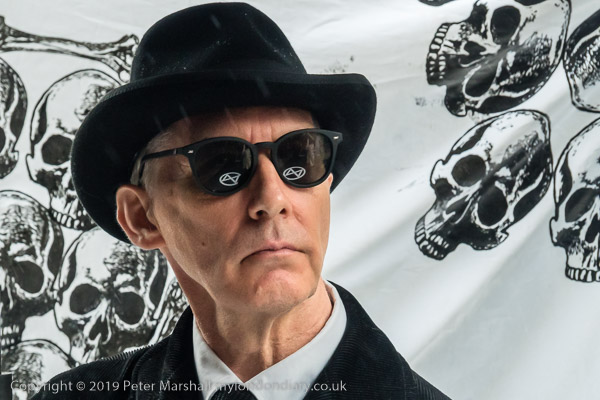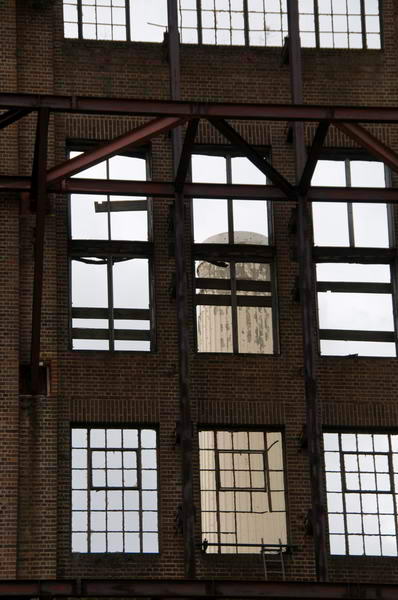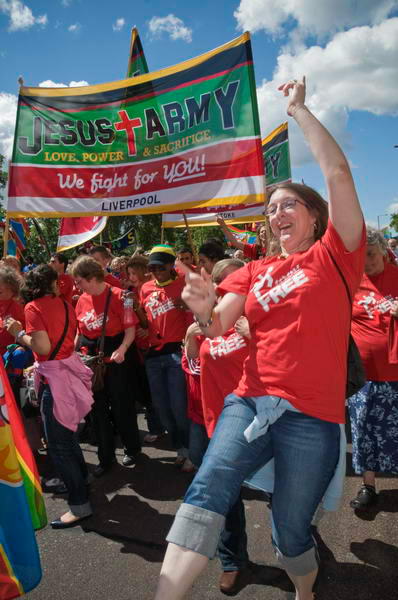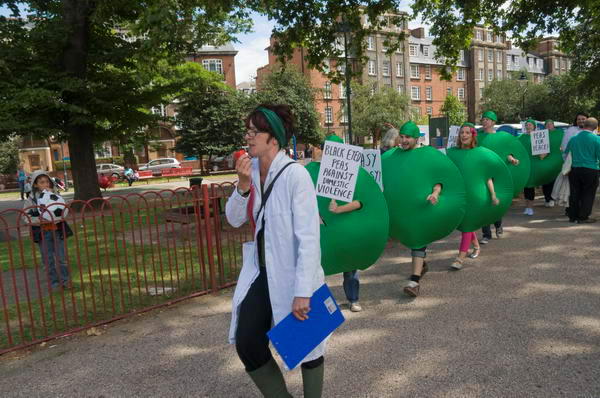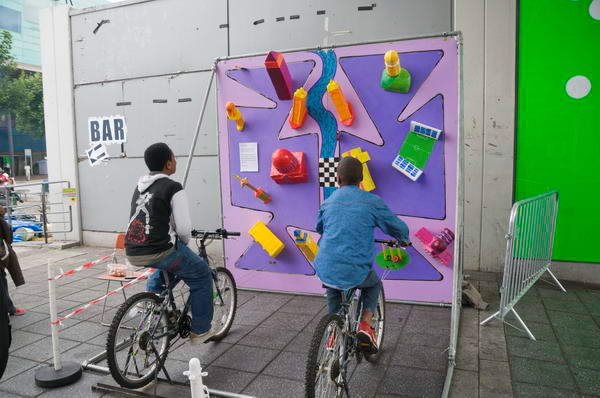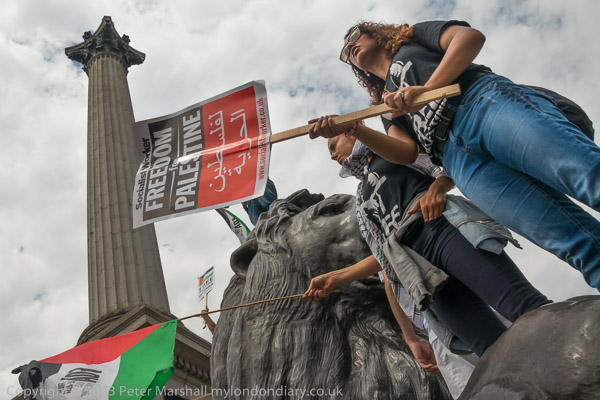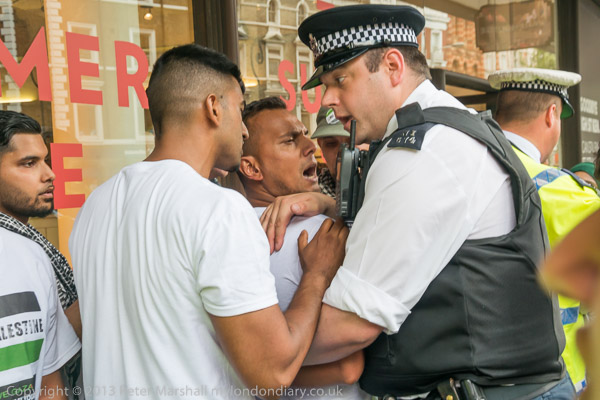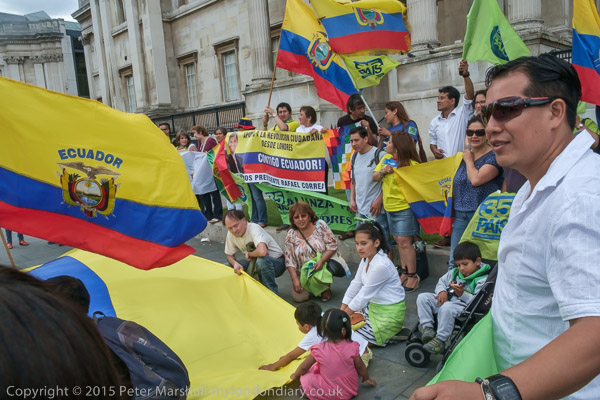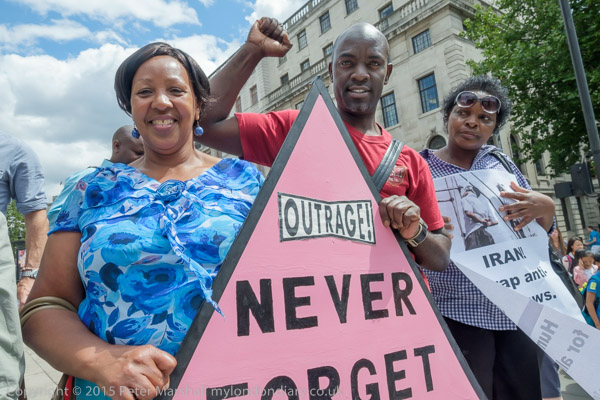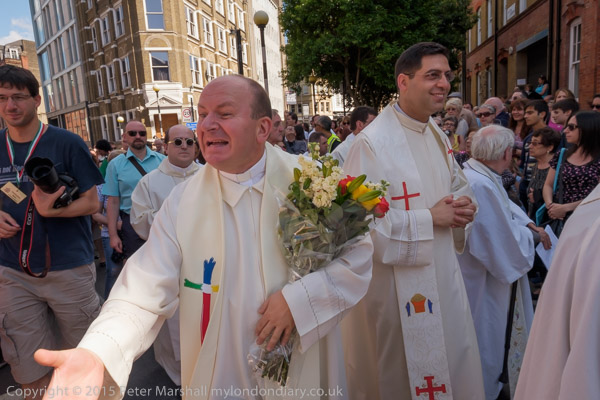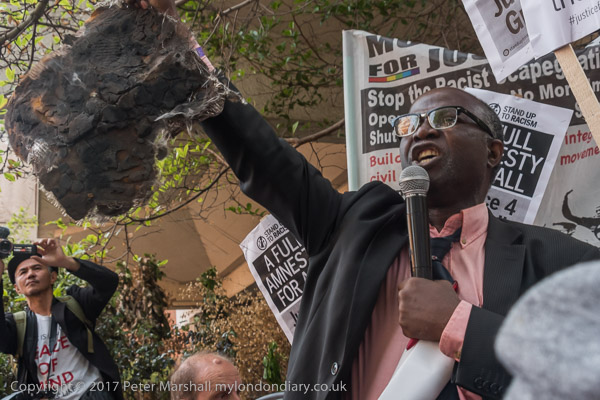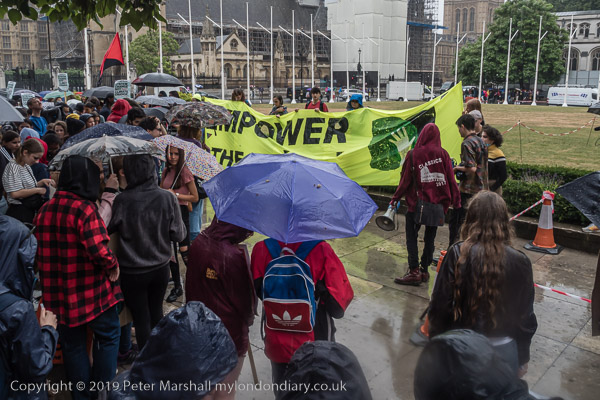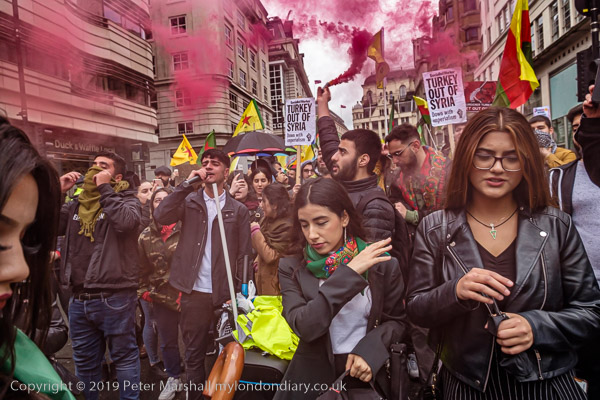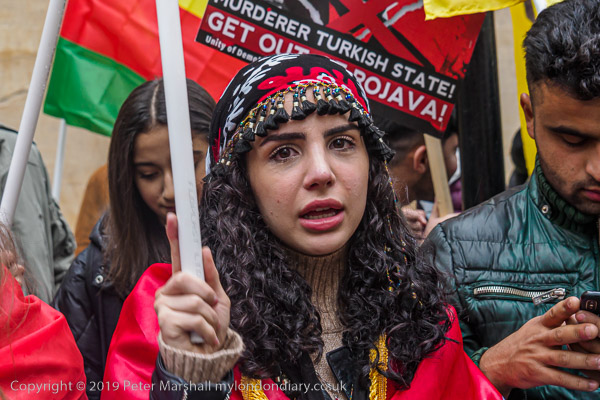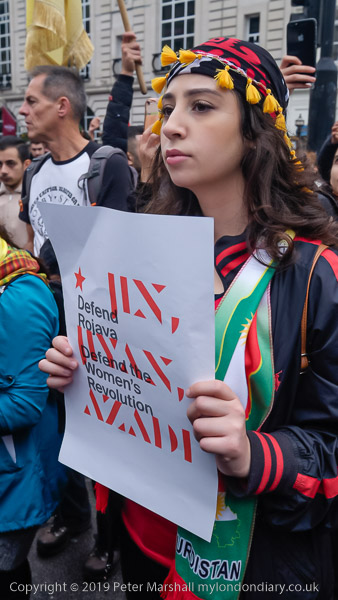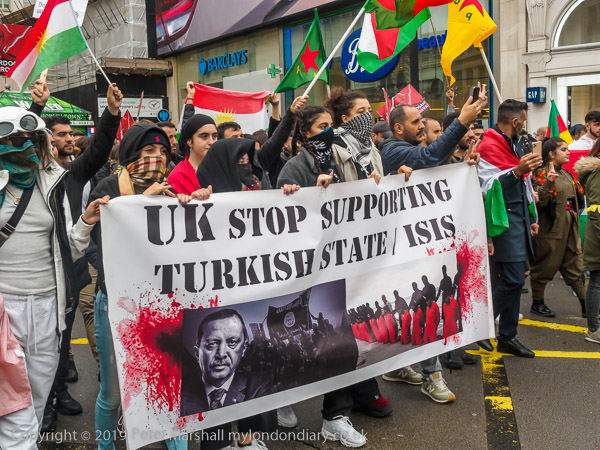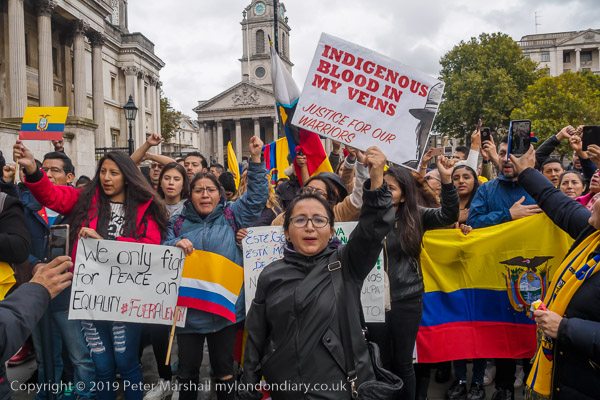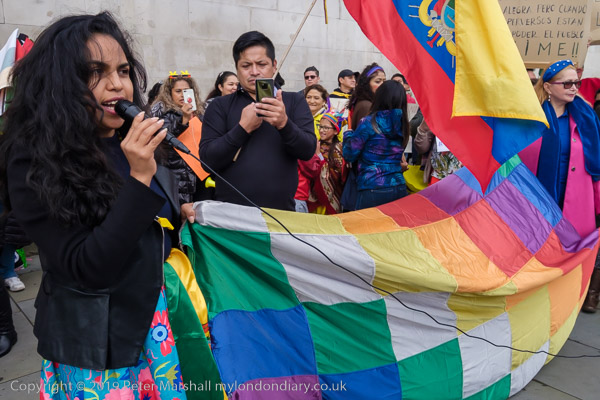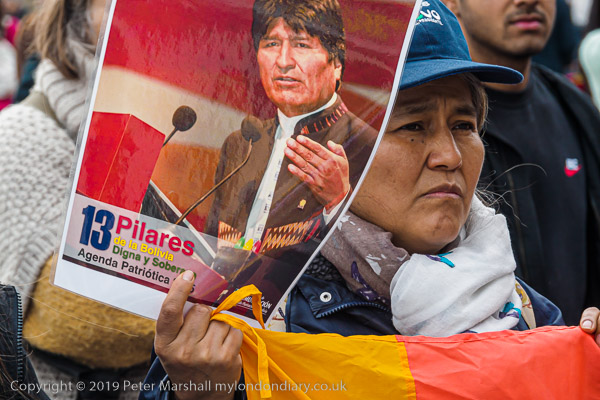Turkey & Free Assange: Ten years ago today on Sunday 16th June 2013 I covered two protests in London around countries and issues still in the news now. The first was demanding an end to human rights abuses in Turkey and for Erdogan to go – and he has recently won another term in office and his authoritarian regime continues. It was also the first anniversary of Julian Assange taking refuge in the Eduadorian Embassy and Assange is still confined, now in Belmarsh prison, still likely to be extradited to spend the rest of his life in US prisons for publishing details of US war crimes.
Turks continue fight – Turkish Embassy to Downing St
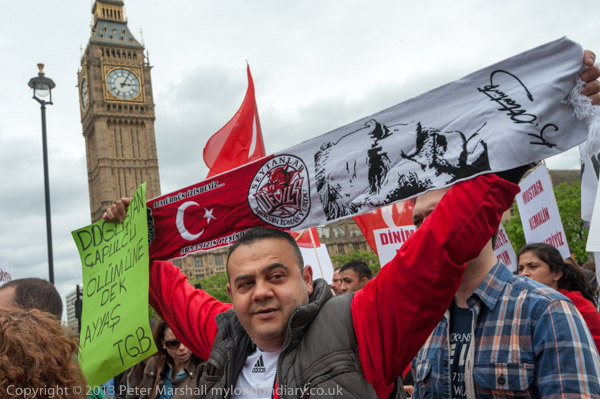
Around a thousand British Turks met opposite the London Embassy and marched to a rally opposite Downing St. Their march was in solidarity with mass rallies in Turkey a day before a general strike there called by the country’s largest union representing public sector workers as a response to the brutality used in clearing Gezi Park.
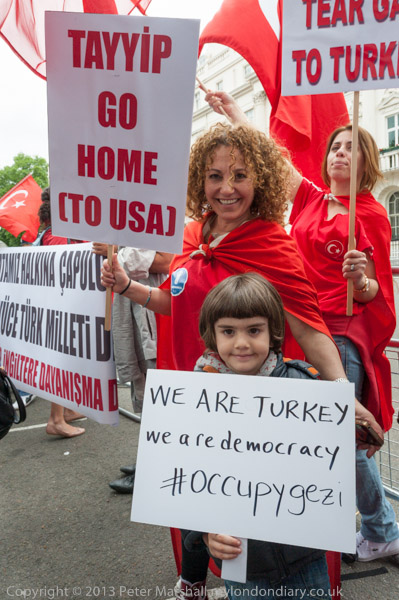
President Erdogan and his ironically named Justice and Development Party AKP had brutally repressed earlier peaceful protests in Turkey in Gezi Park, Taksim Square and elsewhere in the country. Some of the protesters wore badges of protesters shot by police in demonstrations.
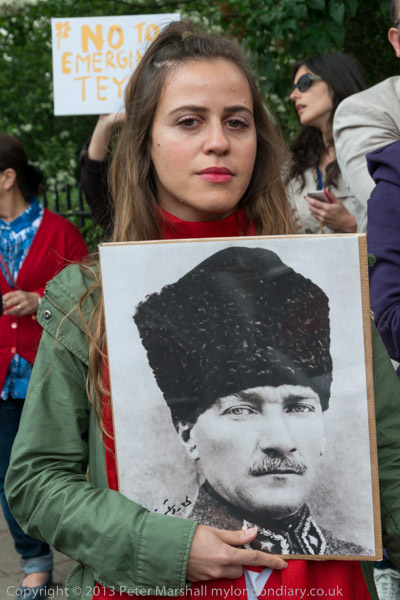
This was a very patriotic protest, many carrying Turkish flags and singing Turkish songs. The modern Turkish state was established by Mustafa Kemal Ataturk in the 1920s as a secular and democratic state and many Turks feet the AKP governments under Erdogan sine 2002 have seriously eroded these principles.
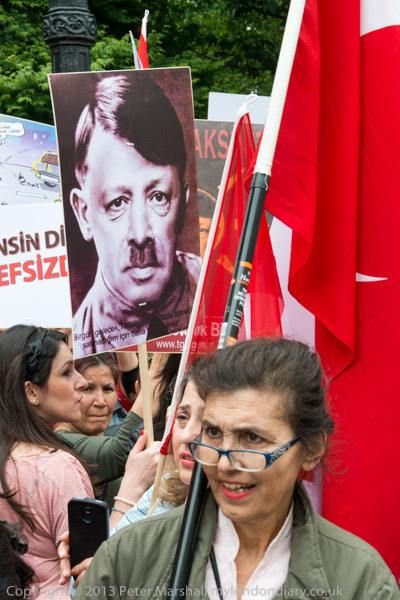
Since 2002 they have imposed their conservative Islamic views on the country and have built an extra 17,000 mosques. Authoritarian measure have restricted the sale of alohol and shows of public affection.
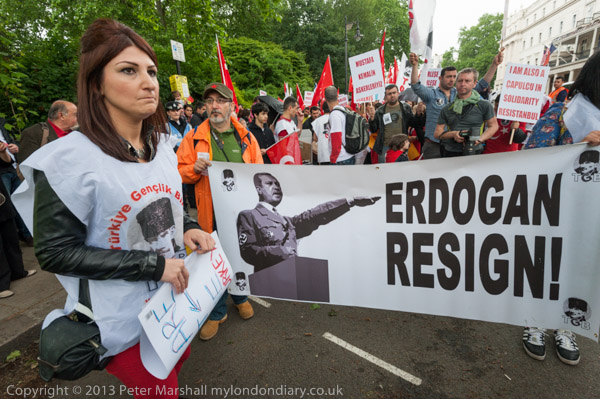
The government had enacted strict control over Turkish media and imprisoned more journalists than any other country in the world. Opponents of the government are accused of treason and imprisoned without evidence, while court hearings can take years. Many had been held without charge for 5 years or more.
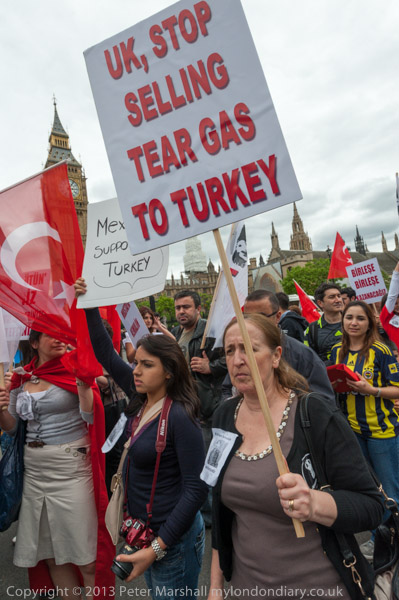
It remains impossible to have fair elections in Turkey as the government exercises almost complete control of the media. In May 2023 Erdogan was re-elected president with 52% of the vote against 48% for his opponent although there had been hopes he might lose.
More at Turks continue fight.
Waiting for Assange – Ecuadorian embassy, Knightsbridge
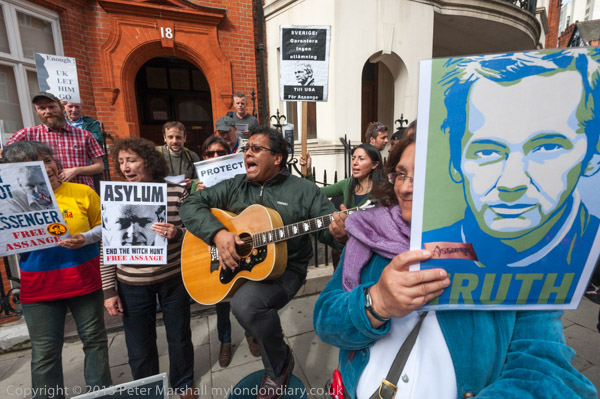
Sunday 16th June 2013 marked exactly a year since Julian Assange had been given asylum at the Ecuadorian embassy and I joined a crowd of supporters waiting for him to appear on the balcony and calling from release of all whistle-blowers.
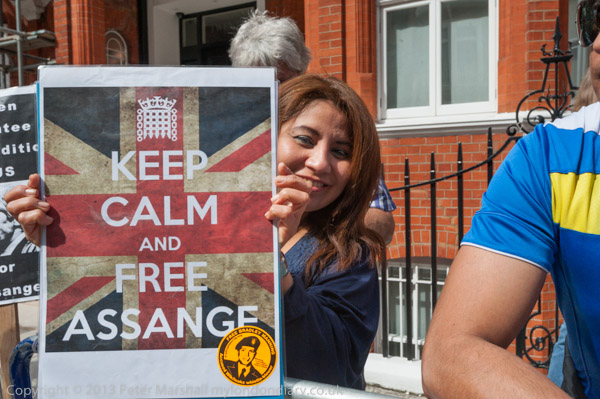
The UK government had refused to allow him passage to Ecuador and instead had spent over £3m of taxpayers cash over a constant police presence outside the embassy, which occupies only a few rooms in the building.
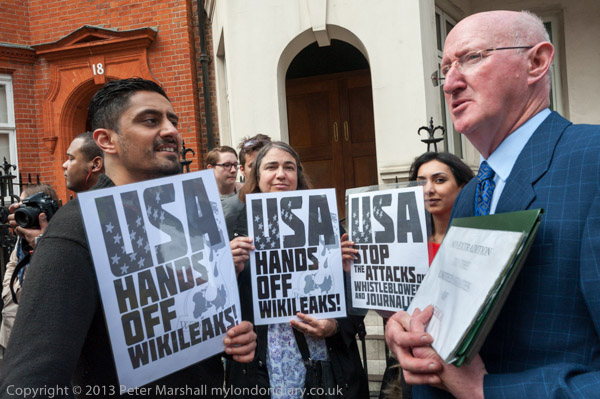
The event was organised by Veterans for Peace UK, and they linked Assange with others ‘facing persecution for exposing the true nature of war and the state‘, Edward Snowden and Bradley Manning. Supporters view Assange, Manning and Snowden as heroes who should be released rather than prosecuted.
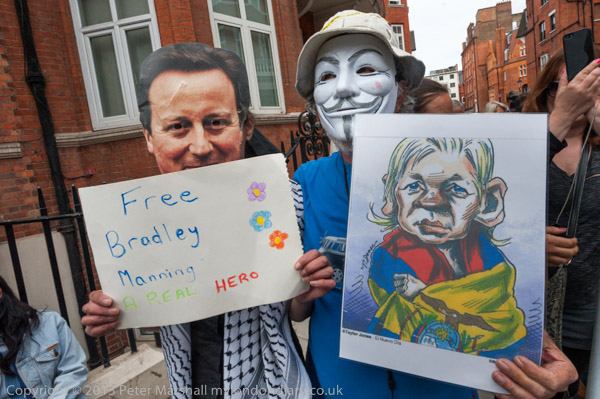
The decision of Sweden to pursue the extradition of Assange on charges related to his sexual activities appears to have been politically motivated to make it easier for him to be transferred to the USA.
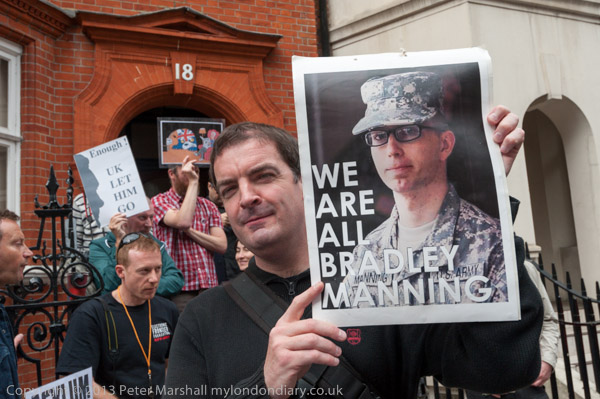
Among those at the protest were women from Women Against Rape who made clear they were against his extradition, accusing politicians of using “once again women’s fury & frustration at the prevalence of rape & other violences” to advance their own purposes.
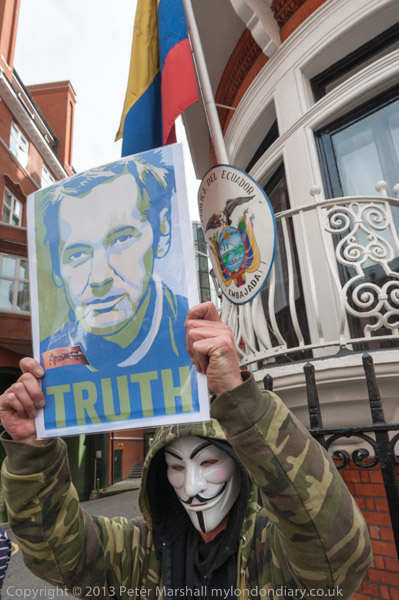
The protest continued with a protest on the pavement outside the embassy holding up signs with the message ‘F R E E A S S A N G E’. They went back acrooss to the pavement opposite after a few minutes when politely asked to do so by police. A number of South Americans entertained with songs, but there was no sign of Assange.
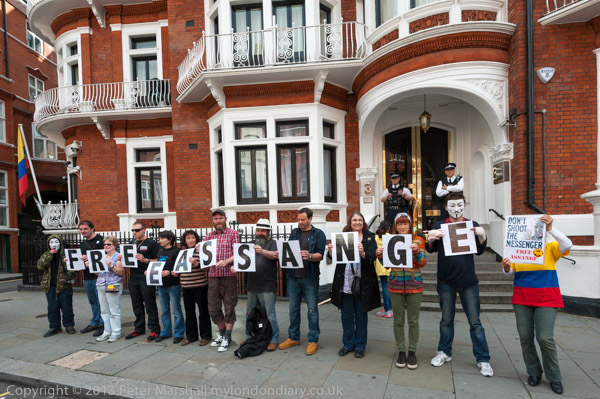
It had been suggested when I arrived that he would come out at around 5pm, but at that time the embassy told press he was sleeping and they hoped he would come out at 6pm. I decided there was little point in my waiting and left.
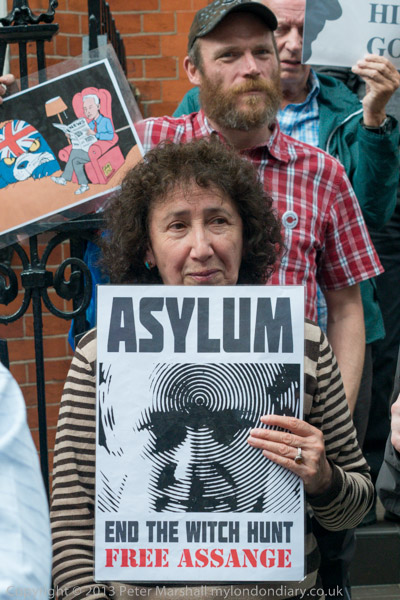
Following a change in government in Ecuador police were invited inside to arrest Assange in April 2019. Since then he has been kept, much of the time in isolation, in the high security Belmarsh prison in Thamesmead. After a number of legal cases and appeals, ten days ago on 6th June 2023 he lost his appeal against extradition.
More at Waiting for Assange.
